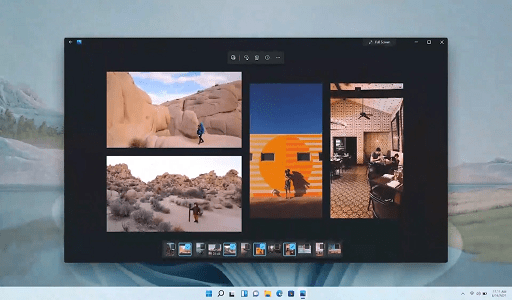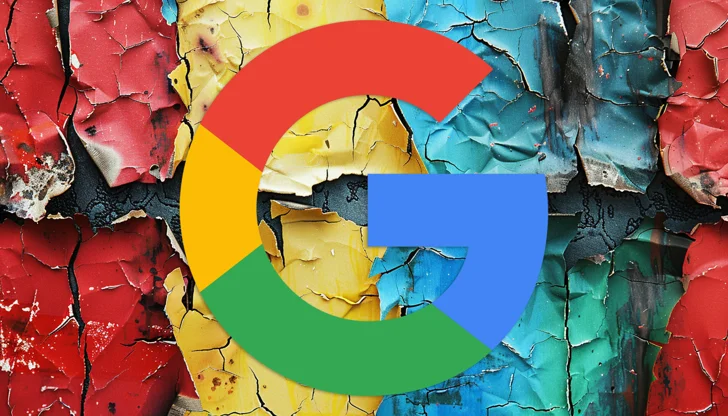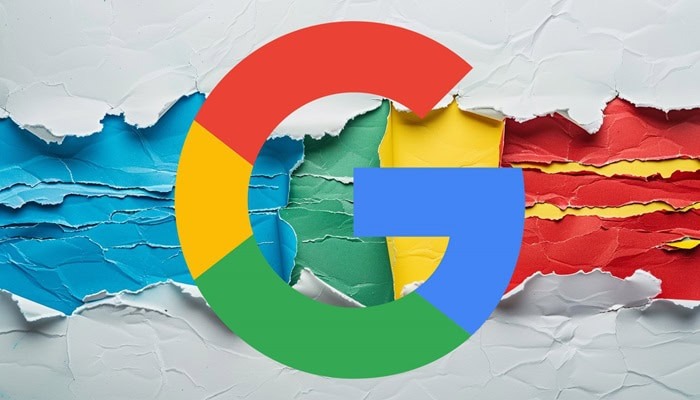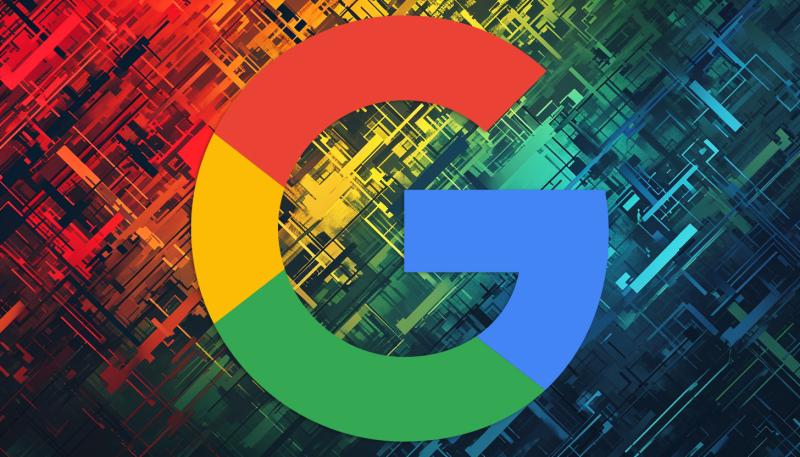John Mueller, a Google Search Advocate, recently expressed his contemplative reflections on the use of AI-generated images on websites in comparison to stock photography. His insights sparked a compelling discussion about how users interpret images produced by generative AI tools like DALL·E, particularly in settings that aren’t predominantly centered around art or AI.
The article featured a disclaimer emphasizing that it should not be construed as SEO guidance or indicative of an imminent Google search update.

AI-Generated Images Vs. Stock Photos
John Mueller starts by differentiating between scenarios where a particular photograph holds essential significance and those where imagery functions solely as decorative elements.
He contends that in certain situations, such as when a website is promoting a product like a suitcase, authentic photographs are imperative. While these real photos may undergo digital improvements or edits, the core of product photography should remain grounded in reality to offer consumers an accurate portrayal of a prospective purchase.
Conversely, John Mueller highlights that when it comes to embellishing general content, the distinction between using stock photos and AI-generated images is minimal. Both forms of imagery can elevate the visual appeal of a website, enhancing the content’s allure and enjoyment for the reader.
This distinction proves that the choice between using genuine photos and AI-generated images largely hinges on the specific requirements and objectives of the website’s content.
The Significance of Images in Improving User Experience
Mueller also digs into the significance of the website’s subject matter. He proposes that for specific topics, audiences anticipate authentic images, whereas for others, the distinction between genuine and AI-generated images might be inconspicuous.
This anticipation is linked to search engine optimization (SEO), as Mueller suggests that users are more likely to visually search for topics where genuine images hold significance. Furthermore, Mueller provides practical guidance for website owners contemplating the integration of AI-generated images.
He encourages them to consider whether they would typically use stock photos in a similar context. This approach can assist in making a well-informed decision regarding the suitability of AI-generated images for their website.
Quality Criteria for AI-Generated Images
John Mueller also warns against the convenience and allure of resorting to AI-generated images for the purpose of saving time and costs. He points out that snapping a quick photo with a phone might be viewed as a form of ‘stock photos,’ but it may fall short of the professional standards anticipated on a business website.
He underscores that achieving quality and professionalism frequently demands both time and experience.
AI-Generated Images, Augmented Reality Models, and Trust in Consumers
In the comments, Mueller addressed inquiries about images, AI, and SEO, providing some of the most noteworthy responses.
Should you add rel=nofollow for an image credit link?
“Links are fine. No need to use rel=nofollow if they’re normal links.”
AR For 3D Modeling
Mueller conveyed a wish for augmented reality (AR) integration in online product showcases, underscoring the importance of incorporating 3D models.
“Seeing a photo is a good start, trying it out in my own space is so much better.”
He also made a clear distinction between 3D-rendered images derived from genuine building plans and entirely AI-generated images, likening the latter to embellishments typically found in blog posts.
In terms of decorative images and authentic product photography, Mueller highlighted that the inclusion of decorative images reflects the effort invested in the content, thereby boosting user trust.
Nevertheless, he voiced criticism against using AI-generated images for product photos, drawing a parallel to substandard websites featuring manipulated images that frequently result in misleading depictions of products.
“…if you have the product, why not get real photos, and if you don’t have the product, you wouldn’t be able to confirm that the image is ok.”
AI-Generated Images As ‘Low-Effort’ Content
Given that imaginative visualizations and genuine product photos serve as markers of high-quality content, it’s unsurprising that certain applications of AI-generated images might be viewed in the opposite light.
John Mueller also presented an alternative viewpoint: while real images signify an authentic source of content, AI-generated images could be seen as indicative of scraped or replicated content.
“If I noticed a recipe site were using AI-generated images, I’d assume all of the content is scraped spam and just go somewhere else.”
Google on Boosting Regional Traffic to a US-Hosted EU Domain
Diminished Consumer Trust Due to AI-Generated Content
The revelation that content has been artificially generated has the potential to erode trust among visitors, casting doubt on other elements on the website. Mueller proposed that even a clearly staged “team” stock photo was considered less misleading than one produced by AI.
He recognized the superiority of quality stock photos over an individual smartphone photo, emphasizing that the latter does not match the standards of professional-quality content.
However, he acknowledged the increasing ambiguity in this regard, especially with companies like Getty and Shutterstock introducing AI tools trained on licensed stock photography.
In Conclusion
The discourse in Mueller’s LinkedIn post holds notable significance, shedding light on the changing landscape of AI tools in content creation and their influence on user experience and SEO.
In the ever-evolving world of marketing, grasping these subtleties is imperative for devising successful digital marketing strategies. This prompts a reflection on the genuineness of our visual content and its harmony with the expectations of our audience.
Maintaining an equilibrium between authenticity, professionalism, and the pragmatic advantages of AI-generated images is crucial, all while considering the specific nature of the content and aligning with audience expectations.
Would you like to read more about “Google On AI-Generated Images and Stock Photos” related articles? If so, we invite you to take a look at our other tech topics before you leave!
Use our Internet marketing service to help you rank on the first page of SERP.










